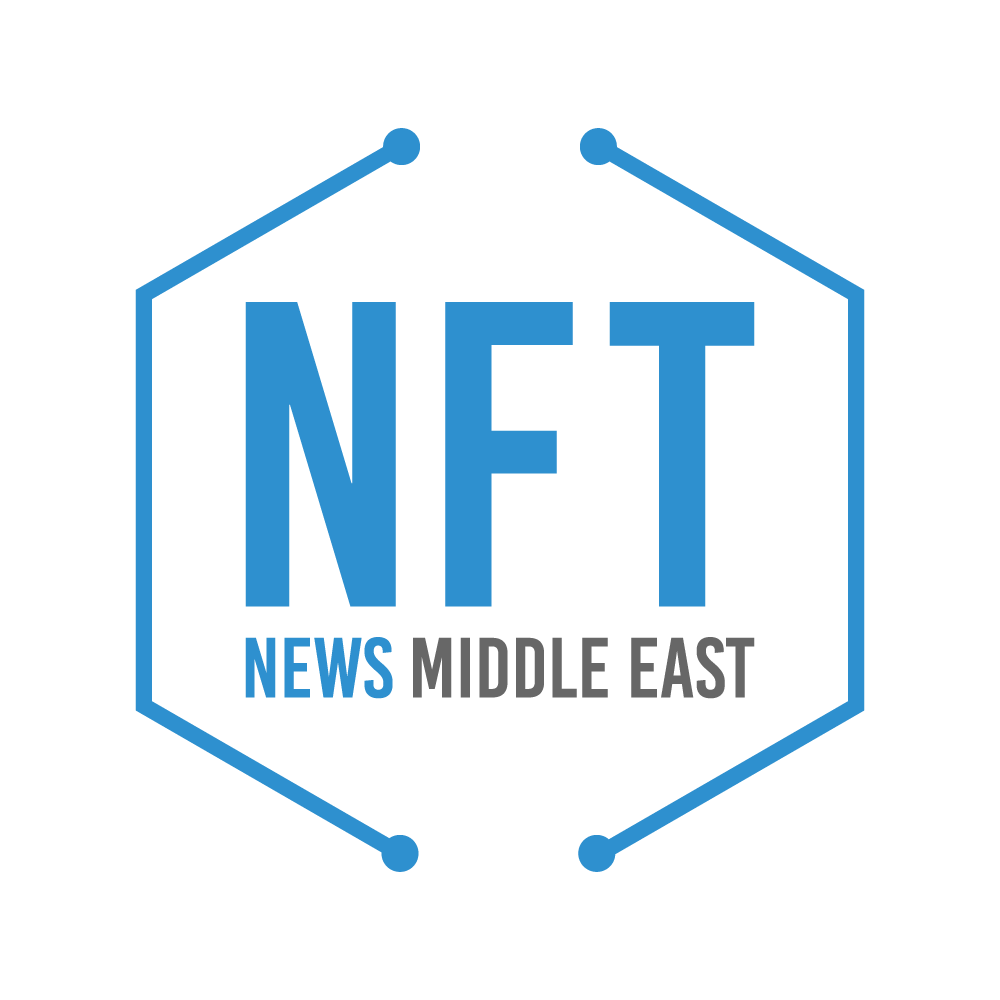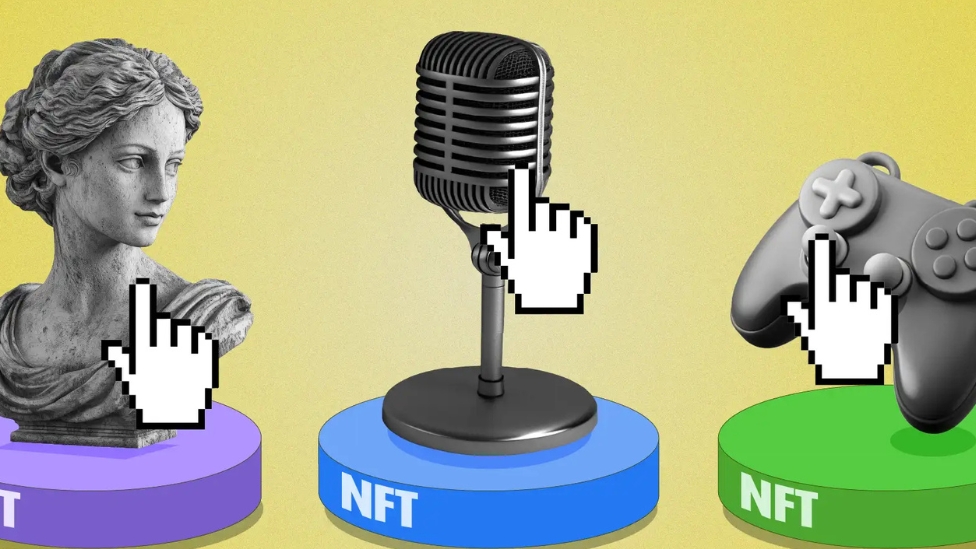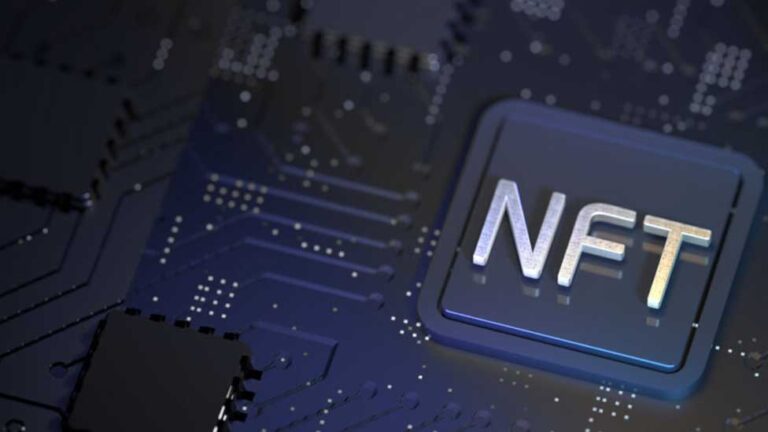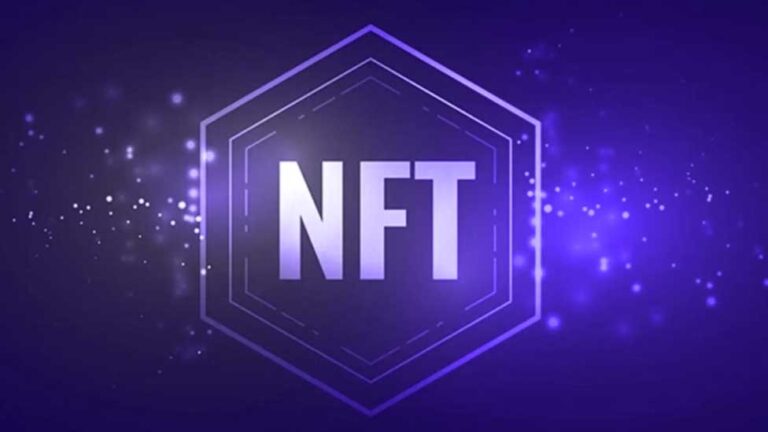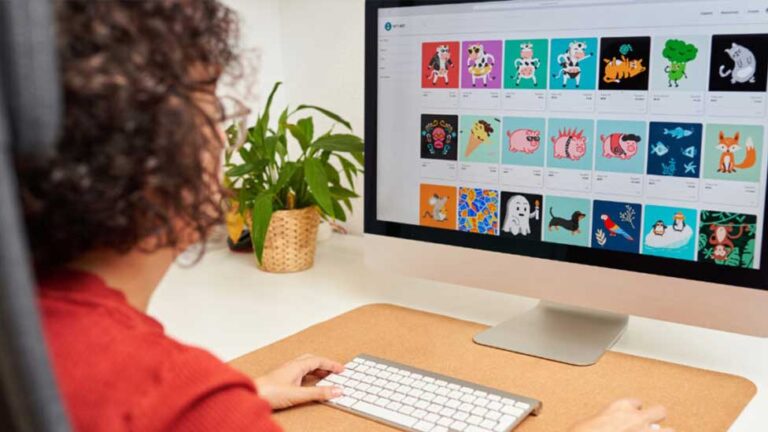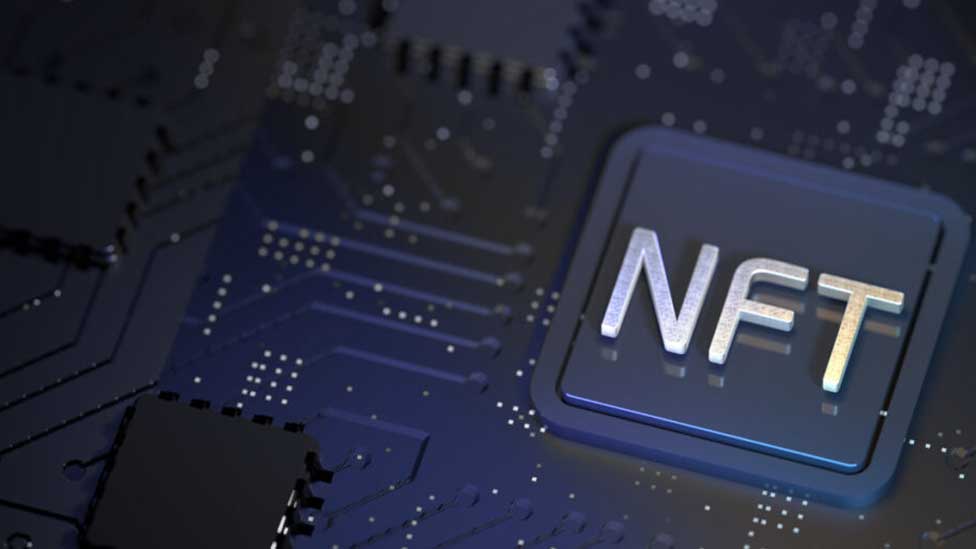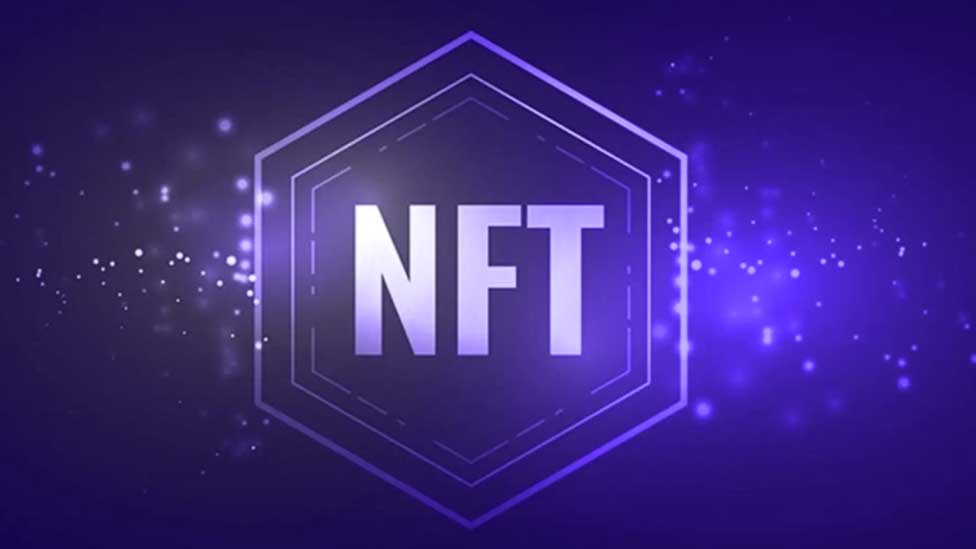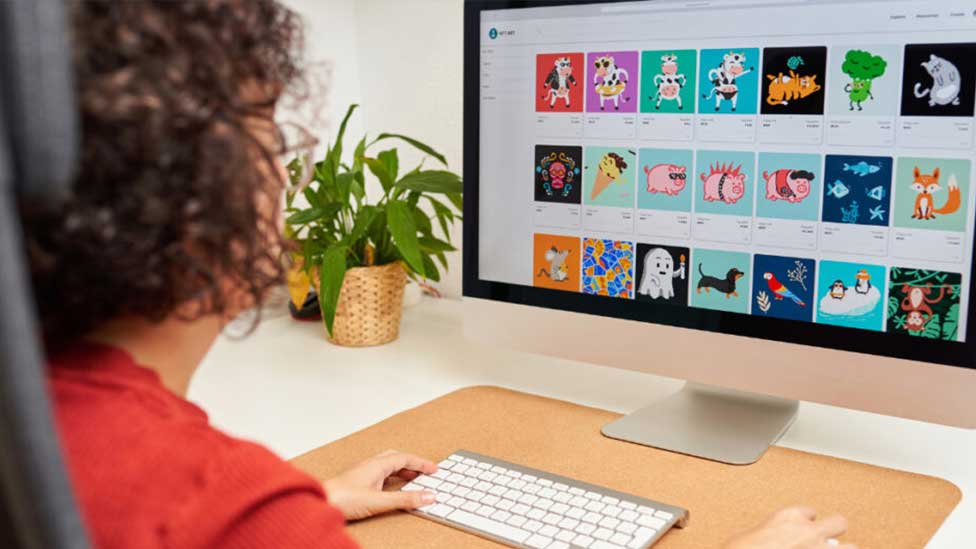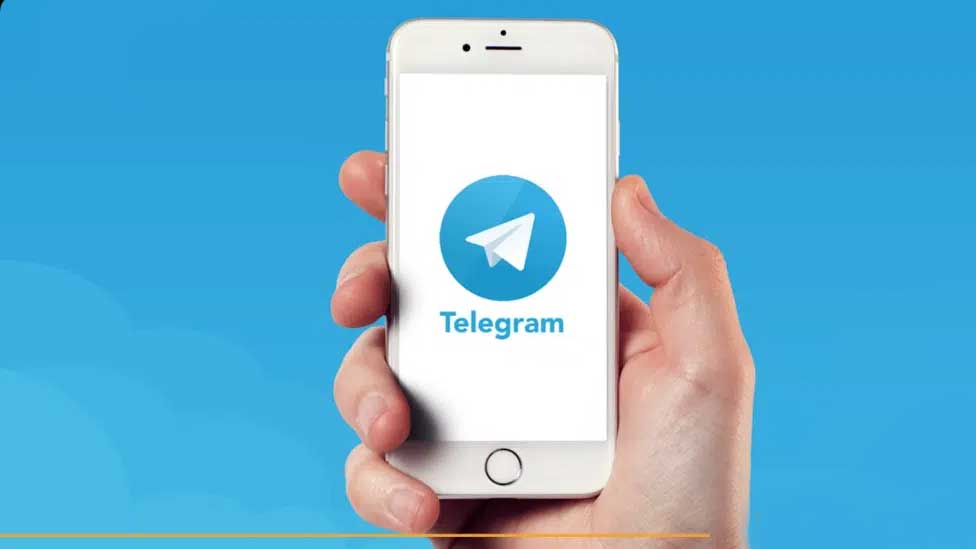Ownership’s Development in the Digital Age
Physical records like deeds, receipts, and certificates have historically been used to show ownership of tangible things. But as blockchain technology advances, NFTs (Non-Fungible Tokens) are transforming ownership verification and transfer by providing a transparent and safe digital substitute.
What Are NFTs and How Can We Understand Them?
NFTs are distinct digital assets that are kept on a blockchain and act as evidence of ownership for particular objects. Each NFT is unique and impossible to duplicate, in contrast to cryptocurrencies, which are replaceable. Ownership records are kept tamper-proof and readily verifiable thanks to the metadata these digital tokens include, which includes information on provenance, ownership history, and validity.
The Function of Blockchain in Ownership Verification
A decentralised, unchangeable ledger that documents NFT ownership is made possible by blockchain technology. An NFT is given a distinct cryptographic identifier upon creation (mining) that connects it to a tangible asset. Because ownership data are permanently stored and cannot be changed, this guarantees transparency and reduces fraud.
How Physical Property Is Proved by NFTs
For physical objects like artwork, expensive watches, designer clothing, and even real estate, NFTs act as a digital proof of authenticity. Physical objects can be equipped with cutting-edge technology such as RFID tags, NFC chips, and QR codes to create a verifiable connection between the NFT and the object. In order to preserve an uninterrupted chain of ownership, the NFT is passed to the new owner when the object is sold.
Detailed Example: Offering a High-End Watch for Sale as an NFT
Minting the NFT: The vendor produces an NFT that includes the watch’s serial number and confirmation of authenticity.
The NFT is listed for sale on an internet marketplace such as Rarible or OpenSea.
When the buyer buys the NFT, the transaction is noted on the blockchain, indicating that new ownership has been established.
Ownership Verification: To claim the actual item, the buyer shows the NFT to the seller or an authorised store.
Resale Process: The NFT is transferred to a new buyer who goes through the verification process again if the previous owner wishes to sell the item.
NFTs Are Being Used by Industries to Verify Ownership
Fashion and High-End Products
By integrating NFC chips or QR codes that confirm ownership and authenticity, luxury businesses employ NFTs to fight counterfeit goods.
Transactions involving Real Estate and Property
By digitally representing property deeds, facilitating smooth transfers without middlemen, and permitting fractional ownership stakes, NFTs streamline real estate transactions.
Collectibles and Art
NFTs are used by artists and collectors to show provenance, guaranteeing that works of art are unchangeable and impervious to fraud.
Cars and Expensive Property
NFTs give consumers a safe means to validate expensive purchases by assisting in the verification of car ownership, accident history, and servicing data.
Advantages of Ownership Verification with NFTs
Immutability and Transparency: Blockchain data is unchangeable and impervious to deception.
Removal of Counterfeits: NFTs assist in preventing the unlawful reproduction of priceless goods.
Smooth Ownership Transfers: Digital transactions cut expenses and simplify procedures.
Increased Accessibility: High-value assets are easier to obtain with fractional ownership choices.
Difficulties with NFT-Based Ownership
Regulatory Uncertainty: Adoption of NFT is inconsistent due to disparate regulatory frameworks.
Physical Integration Problems: For NFTs to work well, dependable connecting techniques (such as QR codes, NFC, and RFID) are needed.
Adoption Barriers: The benefits of NFT technology are largely unknown to many consumers and companies.
NFTs’ Prospects for Ownership Verification
NFTs will become ever more important in demonstrating ownership as blockchain, artificial intelligence, and the Internet of Things develop. Blockchain-enabled smart gadgets and AI-powered authentication systems will further improve security and usability. Widespread adoption is becoming more likely as governments and businesses start looking into legal frameworks for NFT-based ownership.
By bridging the gap between the digital and physical worlds, NFTs are revolutionising the documentation and transfer of ownership. NFTs have the ability to completely transform asset verification in a number of industries, notwithstanding certain obstacles. NFTs could usher in a new era of digital trust and security as technology develops and becomes the norm for demonstrating the ownership and authenticity of priceless tangible objects.
